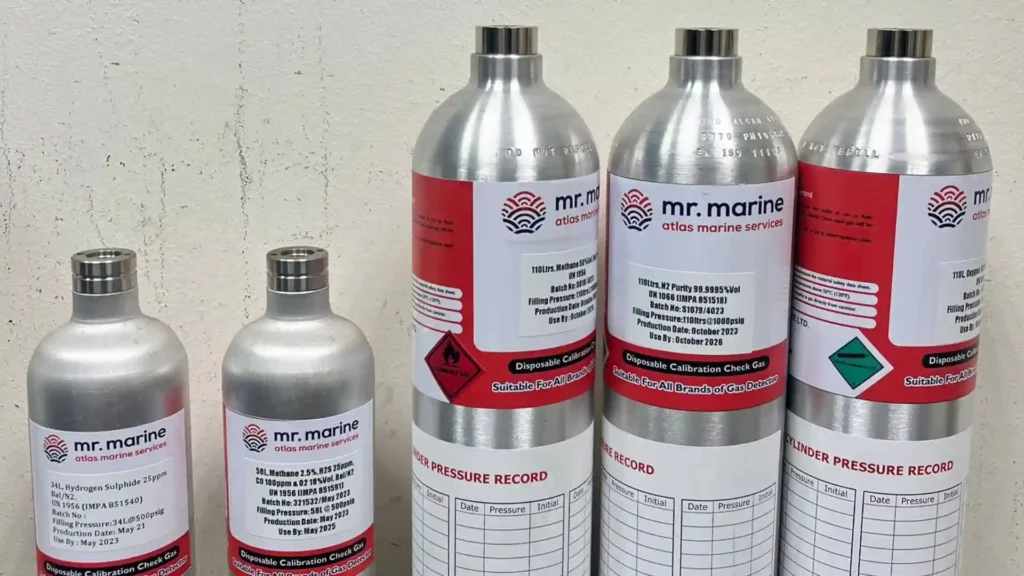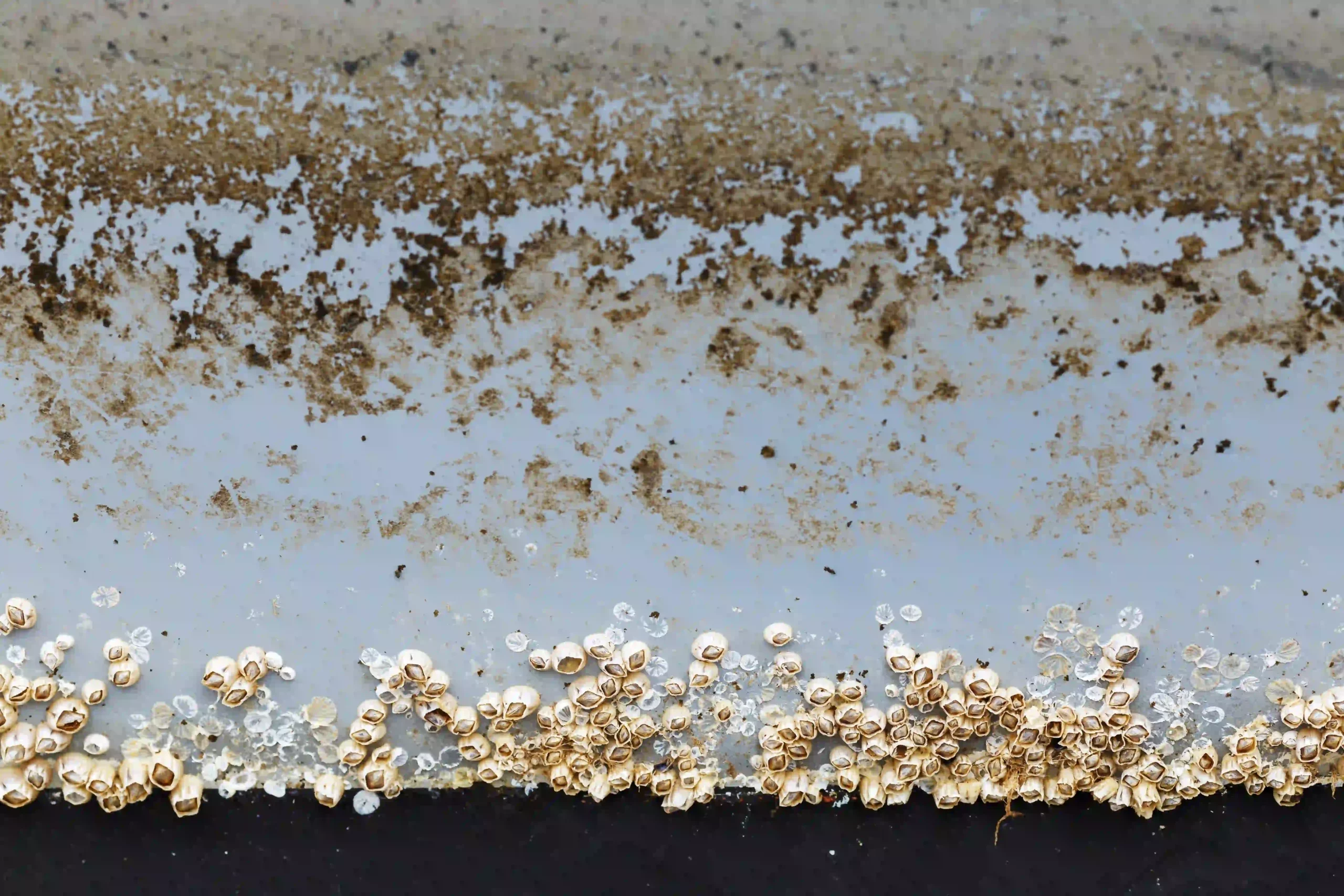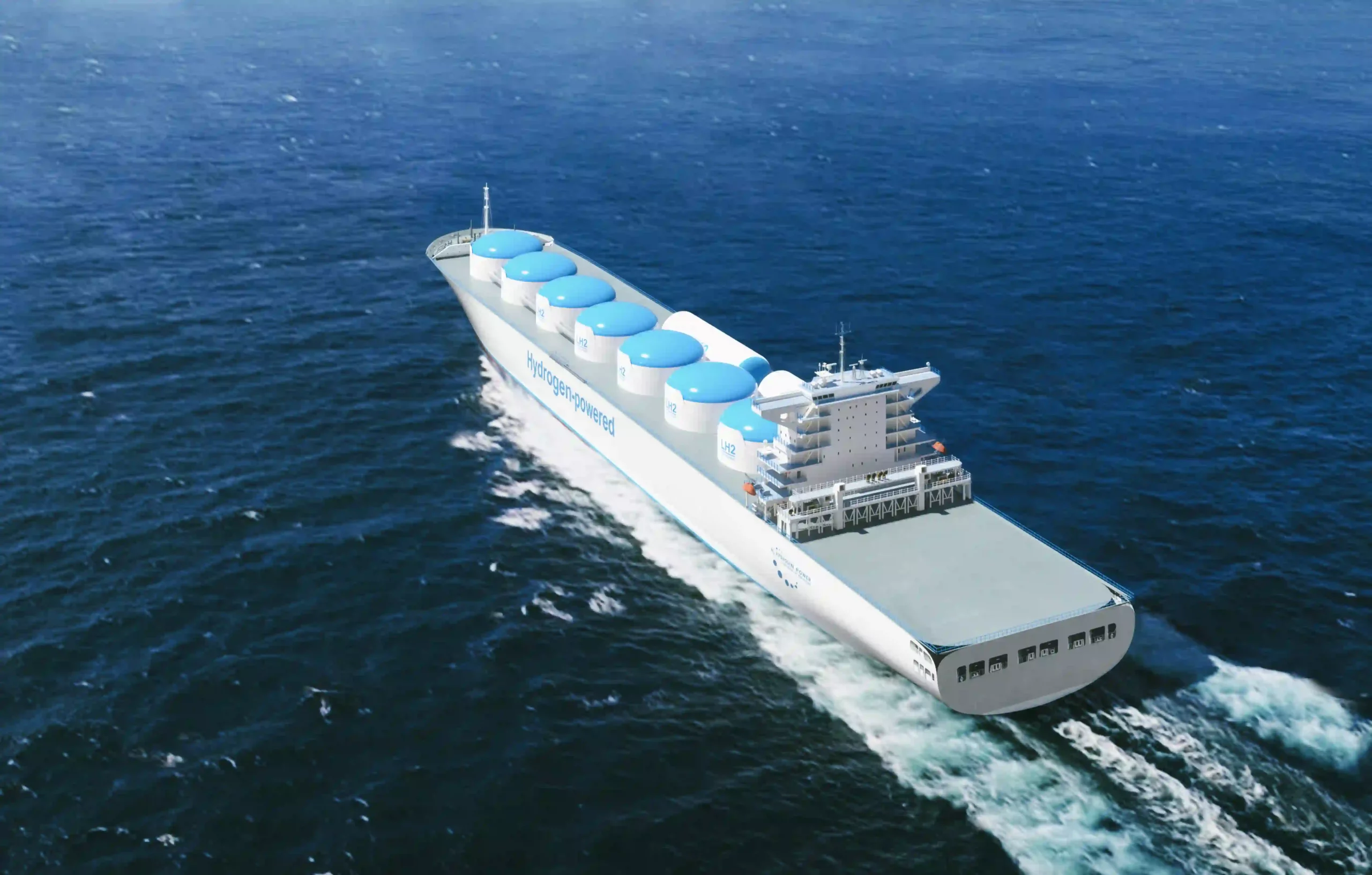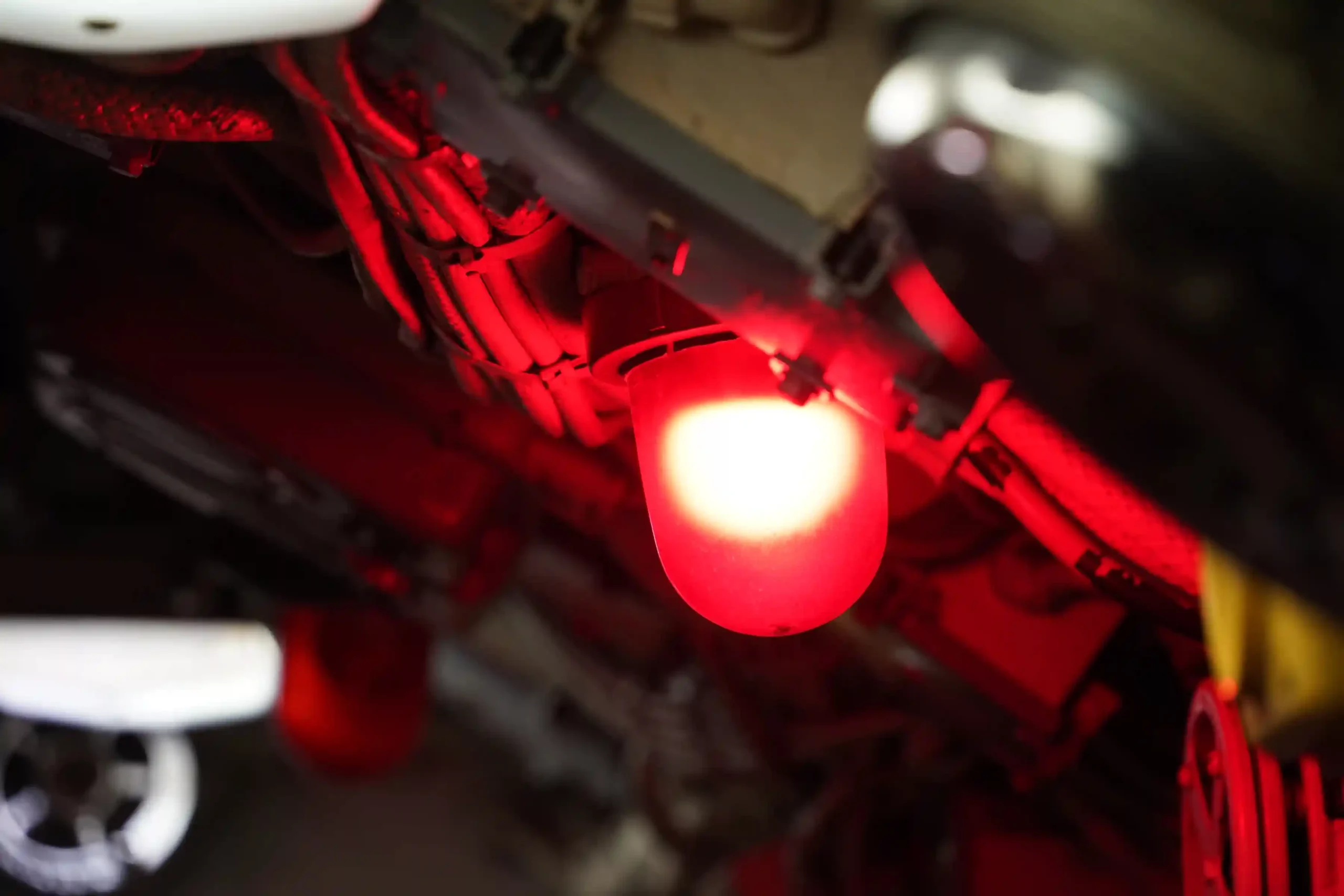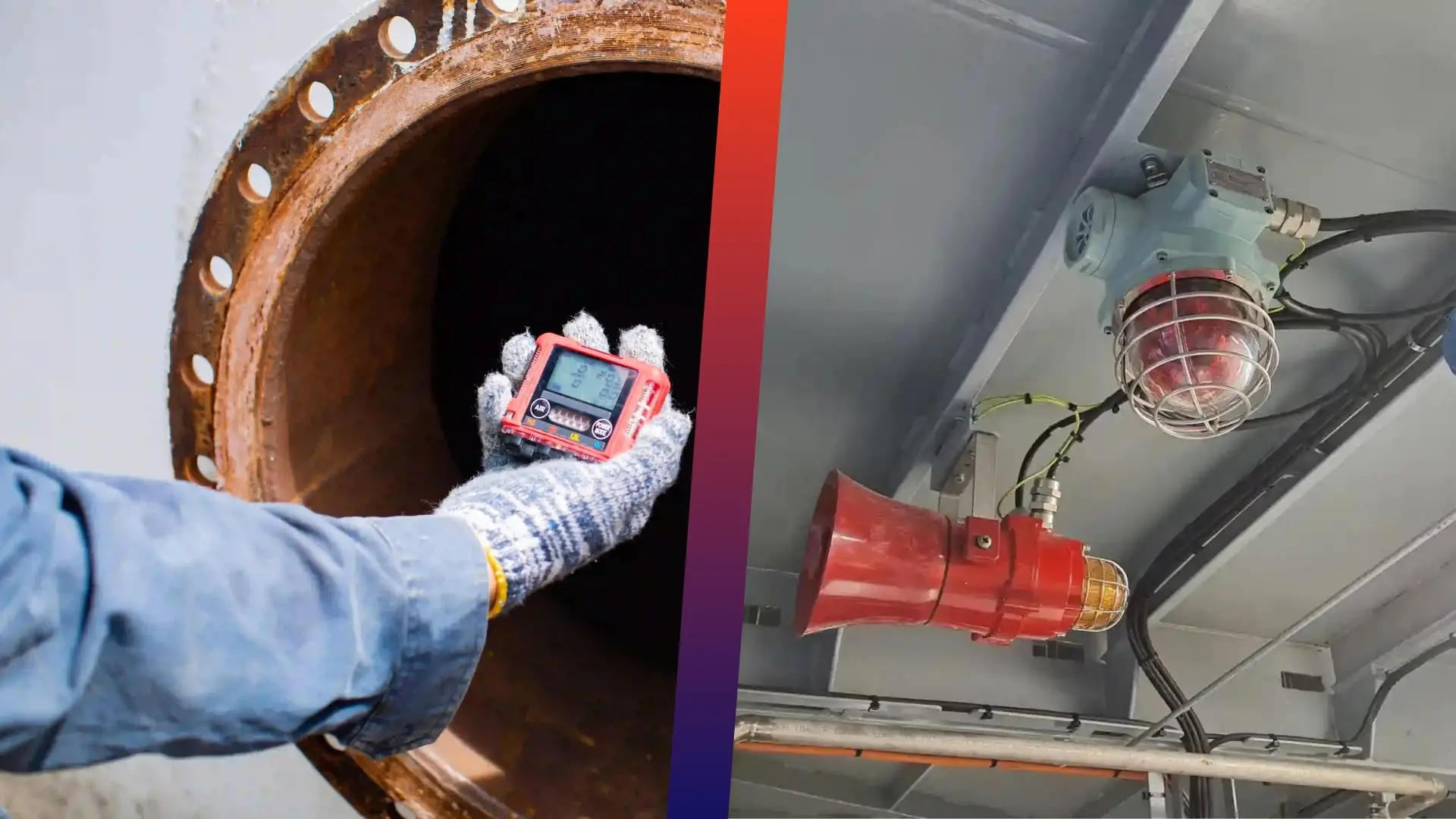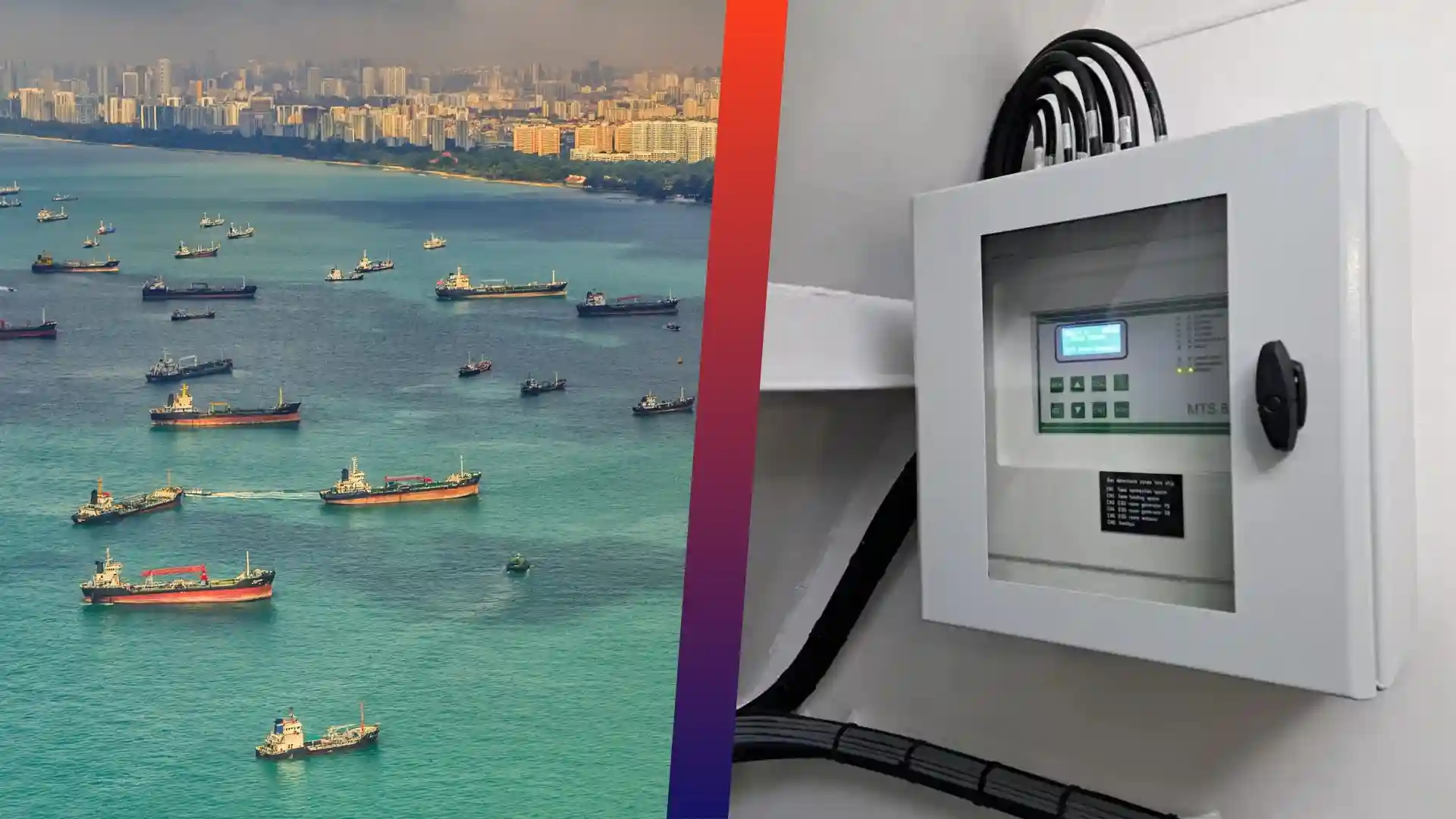There are many types of vessels operating in the maritime industry. Whether the discussion is about dry cargo ships such as bulk carriers and container vessels, liquid cargo ships also known as tankers, or specialized cargo vessels, one thing is universally valid and clear: safety at sea cannot be emphasized enough. This safety is intricately tied to the detection and management of gases onboard.
To preserve safety and ensure smooth sailing and efficiency, vessels make use of considerable instrumentation and control devices. These instruments, which include gas detection equipment, play a critical role in identifying hazardous gases and ensuring the safety of the vessel and its crew. Besides their obvious contribution to protecting the vessel and its crew from potential hazards, most of these instruments are highly regulated by international standards and rules. As such, it so frequently happens that vessels need them onboard, properly maintained (tested, inspected, calibrated, certified) in order to be compliant with regulatory standards and conditions. This involves regular calibration using calibration gases stored in specialized cylinders.
Take, for instance, gas analyzing and detection systems, which can be fixed or portable. After the SOLAS XI-1/7 regulation was enforced, virtually all types of vessels were required to carry at least one portable gas detector for oxygen, flammable gases, hydrogen sulphide, and carbon monoxide:
“Every ship to which chapter I applies shall carry an appropriate portable atmosphere testing instrument or instruments. As a minimum, these shall be capable of measuring concentrations of oxygen, flammable gases or vapours, hydrogen sulphide and carbon monoxide prior to entry into enclosed spaces. Instruments carried under other requirements may satisfy this regulation. Suitable means shall be provided for the calibration of all such instruments.”
Moreover, as the regulatory requirement states, for the vessel to be fully compliant, the mere presence of a gas detector on the ship is not enough; more specifically, the device needs to be calibrated. This calibration must be carried out using specific calibration gas or gas mixtures to ensure accuracy and compliance with international standards. Calibration gases have a shelf life and must be stored under proper conditions to maintain their effectiveness.
What does the calibration of gas detection equipment mean?
Modern vessels are extremely complex vehicles, which often carry fuel or other types of hazardous materials that constitute sources of toxic or flammable gases. These gases sometimes leak into confined spaces, and in combination with electrical systems and high temperatures, have the potential to provoke hazards or life-threatening situations. Consequently, gas detectors are used as a measure of prevention to read the different gas concentrations in the air surrounding the device, in order to timely identify if such a leak is present and alert the crew immediately. The sooner action is taken, the easier it is to prevent a disaster.
However, gas detectors cannot just be taken out of the box and used as such. They first need to be calibrated against a reference gas which is used as a comparative standard, known as calibration gas or span gas. Otherwise, it can lead to defective responses to dangerous situations, mis-readings or false alarms. In other words, the calibration of a gas analyzer or gas detectors is simply a process which serves the purpose of ensuring its reliability and accuracy.
How do I calibrate my gas detector?
As mentioned in the last paragraph, gas detectors function accurately only after they have been carefully calibrated. To understand the process thoroughly, one must look at the whole picture. The calibration of a gas analyzer is normally a procedure in two steps: the zero and the span. These steps ensure that the detection equipment is prepared to measure various gases accurately.
- The first step implies zeroing the sensor of the gas detector using ambient air, but only after assuring that the target gas is not present, or by using the appropriate gas from a cylinder. This ensures that the detector is free from any initial gas interference, providing a baseline reading.
- The second step – the span – involves exposing the device to a span gas (hence the name) which contains a known and very precise concentration of the target gas that the sensor is designed to measure. Afterwards, the real-time readings are adjusted to match the predefined values the instrument was configured to detect. This step is crucial for detecting reactive or combustible gases accurately, ensuring the safety of the marine vessel.
Through this two-step calibration process, the gas detection system is deemed functional, reliable, and accurate, and ready to safeguard the ship and its crew. Notably, one important element in this calibration procedure is the reference point that is used as a comparative standard – namely, the span gas or calibration gas. These gases must be stored under specific conditions to maintain their shelf life and effectiveness.
Types of span gases
The span gas is generally either a single type of gas or a gas mixture which is compressed in a metal cylinder.
There are as many types of span gases as there are types of gas detectors and gas analysers. For example, a single-gas oxygen analyzer would need to be calibrated using either oxygen calibration gas or nitrogen calibration gas, whereas a multi-gas detector would be calibrated with a gas mixture of the respective gases which the sensors were configured to detect.
The most common types of calibration gases needed for the calibration of marine gas detection systems are:
- Flammable Gases (methane CH4, propane C3H8, butane C4H10, etc.)
- Oxygen O2
- Toxic Gases (carbon monoxide CO, carbon dioxide CO2, hydrogen sulphide H2S, etc.)
These gases are typically distributed either individually or in mixtures of 3 or 4 gases, depending on the type of gas detector for which they will play a part in calibrating. These mixtures must meet specific ppm requirements and conditions to ensure accurate calibration.
Mr. Marine as your reliable partner for span gases
Mr. Marine can supply all types of span gases for your gas detector calibration requirements. Our offer consists of over 200 blends of flammable gases and toxic gases, as well as oxygen; we can provide individual gases or customized mixtures of 3-4 gases for your specific needs. Contact us now for a personalized offer.
We provide services that are tailored to meet your specific needs, ensuring that your gas detection systems are properly calibrated and maintained. These services include calibration, testing, and certification of your gas detection equipment to meet international standards. It’s important to note that calibration gas and gas mixtures have a shelf life. This means they need to be stored under proper conditions to maintain their accuracy and effectiveness. Reactive gases, in particular, require special storage conditions to prevent degradation.
Sources:
https://www.imorules.com/GUID-F7C0228B-900A-43FA-B64C-62AAD6A78562.html#GUID-F7C0228B-900A-43FA-B64C-62AAD6A78562
https://www.imorules.com/GUID-35BCDD7E-928E-4751-BE32-62E7560A3177.html


